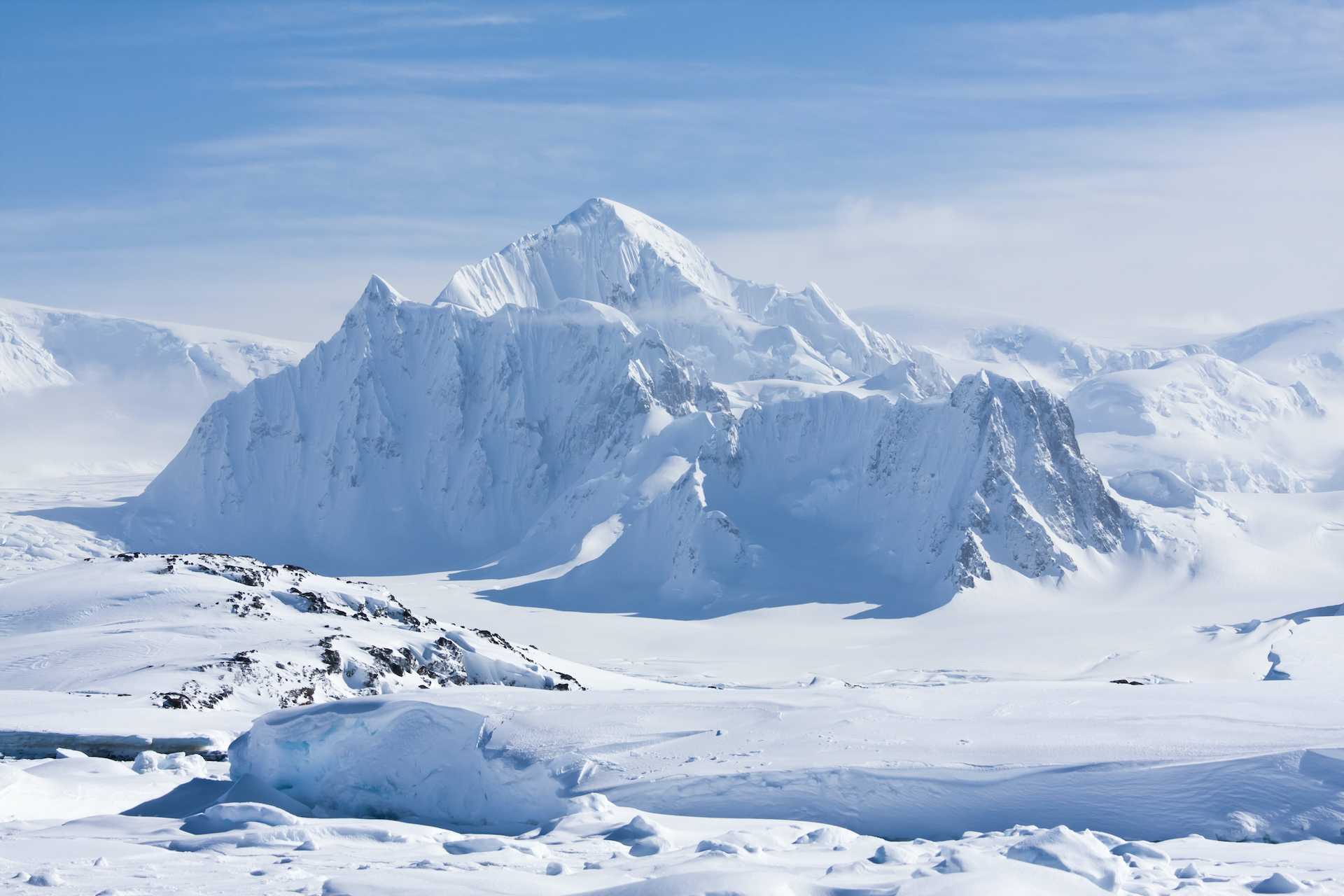South Pole froze over in coldest winter on record
Antarctica's frigid winter temperatures are in contrast to trends in the rest of the world, which overall recorded its fourth hottest summer.

The South Pole just had its coldest winter on record.
Between April and September, a research station sitting on a high plateau in Antarctica, registered an average temperature of minus 78 degrees Fahrenheit (minus 61 degrees Celsius). That's the coldest temperature recorded since record keeping began in 1957, and about 4.5 F (2.5 C) lower than the most recent 30-year average, according to The Washington Post.
The previous record for the coldest winter was minus 77 F (minus 60.6 C) in 1976, Stefano Di Battista, a journalist wrote on Twitter. The Post learned of this record through Battista, but then confirmed the information with Richard Cullather, a research scientist at NASA's Global Modeling and Assimilation Office.
Related: Coldest places on Earth
The frigid winter is likely caused by a strong polar vortex in the stratosphere, the second layer of the planet's atmosphere from Earth's surface, according to the Post. "Basically, the winds in the polar stratosphere have been stronger than normal, which is associated with shifting the jet stream toward the pole," Amy Butler, an atmospheric scientist at NOAA, told the Post. "This keeps the cold air locked up over much of Antarctica."
What's more, a strong polar vortex also leads to more ozone depletion in the stratosphere, which strengthens the polar vortex even more, according to the Post. Ozone is a gas made up of three oxygen atoms that is found high in the atmosphere. Ozone protects Earth's surface from harmful ultraviolet rays and depleting it can expand the ozone hole over Antarctica.
While Antarctica logged the coldest known average winter temperature, satellites have detected individual temperatures that are far lower; as low as minus 144 F (minus 98 C), according to the Post.
Get the world’s most fascinating discoveries delivered straight to your inbox.
Thanks to the frigid temperatures, sea ice levels around Antarctica were at their fifth highest extent on record in August, the Post reported. But the ice melted rapidly over the next several weeks, and by the end of September sea ice had thinned to some of the lowest levels seen at that time of year. Scientists told the Post that the climate in Antarctica is prone to rapid change and that a frigid winter doesn't mitigate the seriousness of climate change.
Antarctica's frigid winter temperatures are in contrast to trends in the rest of the world, which overall recorded its fourth hottest summer. In fact, July 2021 was the hottest month ever recorded, Live Science previously reported.
"One cold winter is interesting but doesn't change the long-term trend, which is warming," Eric Steig, a professor of atmospheric sciences at the University of Washington, told the Post. In the long term, Antarctica, like the rest of the world, is warming and rapidly losing sea ice.
Read the original Washington Post article here.
Editor's Note: This article was updated on Nov. 24 to correct an error. Ozone is a gas made up of three oxygen atoms, not molecules.
Originally published on Live Science.

Yasemin is a staff writer at Live Science, covering health, neuroscience and biology. Her work has appeared in Scientific American, Science and the San Jose Mercury News. She has a bachelor's degree in biomedical engineering from the University of Connecticut and a graduate certificate in science communication from the University of California, Santa Cruz.


